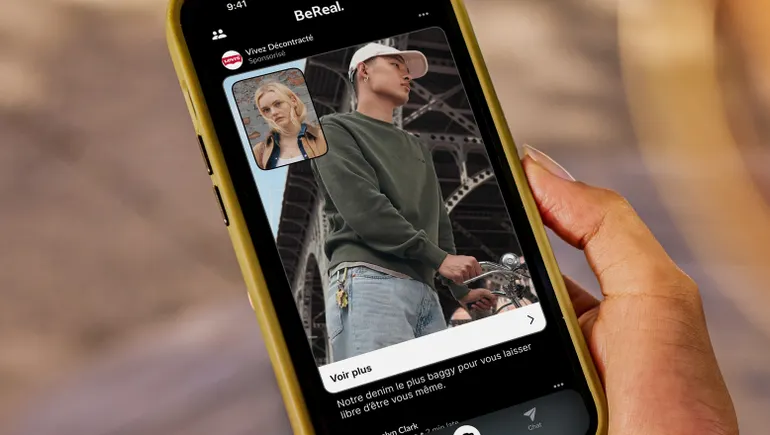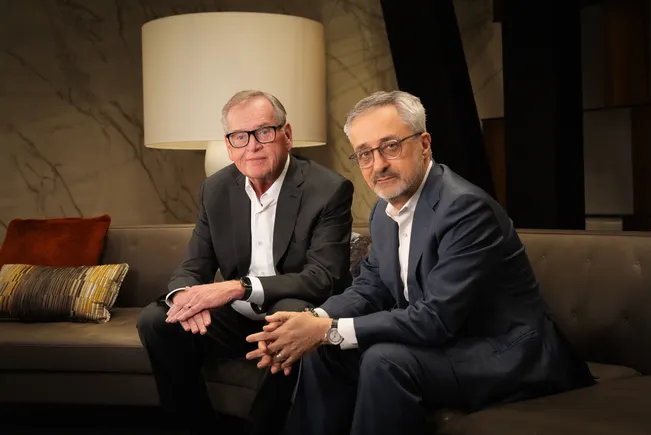Meta Brings Advertising to WhatsApp Interface
In a significant shift for its popular messaging platform, Meta has announced the integration of advertisements into WhatsApp. The new development will see ads placed within the Updates tab, Status, and Channels sections of the application. However, Meta confirmed that ads will not infiltrate the primary messaging experience, preserving the core functionality that users rely on for private communication.
This update marks a new chapter for WhatsApp, which has long maintained an ad-free interface since its inception. Meta’s decision underscores its strategy to monetize the platform more effectively while offering businesses innovative ways to engage with their audiences.
Focus on Business Engagement and Growth
Announced on Monday, Meta’s move to incorporate advertising into WhatsApp is geared toward enhancing business-to-consumer interactions. According to the company, the Status and Channels features attract over 1.5 billion visits daily. This level of engagement presents a prime opportunity for businesses to reach audiences in a non-intrusive but highly visible way.
“We see this as a significant opportunity for businesses to build relationships with customers,” said a Meta spokesperson. “By placing ads in high-traffic areas like Status and Channels, brands can connect with users where they’re already active without disrupting their private conversations.”
Businesses will be able to promote their products, services, and announcements through these new ad placements, potentially driving lead generation and customer retention.
Where Ads Will Appear
The advertisements will be integrated into three main areas:
- Updates Tab: This section aggregates recent updates from contacts and followed businesses. Ads will be shown in a format similar to those on Instagram Stories.
- Status: Similar to Instagram Stories, WhatsApp Status allows users to post photos, text, and videos that disappear after 24 hours. Ads here will be inserted between user-generated stories.
- Channels: A recently added feature where users can follow content from public figures, organizations, or interest groups. Ads will appear as native content interspersed among channel updates.
What Remains Unchanged
Meta emphasized that despite the new advertising elements, the core private messaging function of WhatsApp will remain ad-free. “We understand the importance of maintaining user trust,” the company noted. “There will be no ads shown in one-on-one or group chats.”
This distinction is crucial for users who have long valued WhatsApp for its secure end-to-end encryption and uncluttered chat interface. Preserving the sanctity of the messaging experience is seen as essential to maintaining user satisfaction and loyalty.
Monetization Strategy and Industry Context
Meta’s advertising initiative in WhatsApp aligns with a broader industry trend of monetizing messaging services. With platforms like Telegram and Snapchat exploring similar revenue models, Meta’s entry into WhatsApp advertising was widely anticipated.
WhatsApp, acquired by Meta in 2014 for $19 billion, has largely remained an untapped revenue stream compared to Facebook and Instagram. This new direction suggests Meta is looking to capitalize on WhatsApp’s vast user base to diversify its advertising income, especially as user growth slows in its more mature platforms.
Industry analysts suggest the move could generate significant new revenue, particularly given the app’s popularity in emerging markets where mobile-first internet usage is prevalent.
User Reactions and Future Outlook
Initial user reactions have been mixed. While some see the addition of ads as inevitable, others worry it could erode the user experience that made WhatsApp popular worldwide. Meta appears to be taking a cautious approach by limiting ads to non-messaging areas and ensuring that user privacy remains intact.
Looking forward, Meta is expected to refine its ad targeting capabilities on WhatsApp, potentially incorporating user activity data across its ecosystem—including Facebook and Instagram—to deliver more personalized advertising.
As Meta ventures further into WhatsApp monetization, the balance between user experience and business interests will be closely scrutinized. The success of this initiative may determine how other messaging platforms approach advertising in the future.
This article is inspired by content from Adweek. It has been rephrased for originality. Images are credited to the original source.












Leave a Reply